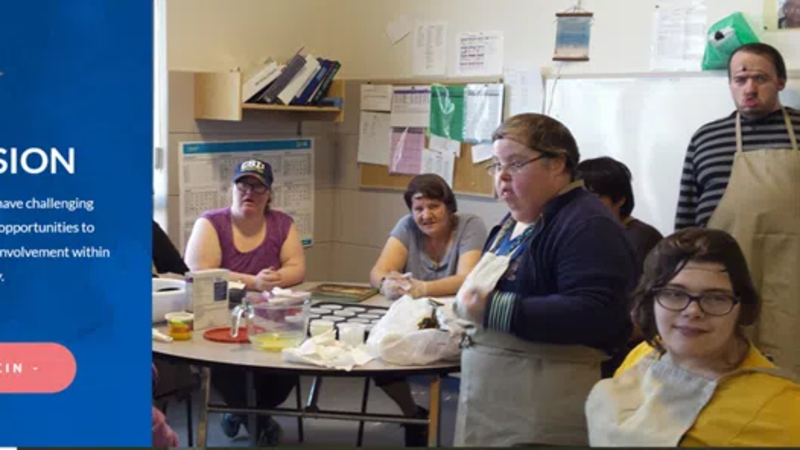
Saskatchewan ranchers have a role in helping preserve species at risk
A number of Saskatchewan producers are doing their part to benefit species at risk in the province.
Lloyd Anderson whose ranch is partially within the borders of Grasslands National Park (GNP), is involved in a project that re-introduced grazing to GNP.
While the land had not been grazed for 25 years, the park recognized the practice was beneficial to species at risk.
“They needed large animals to graze that area,” Anderson said. “It kind of replaced the buffalo, filled the void.”


